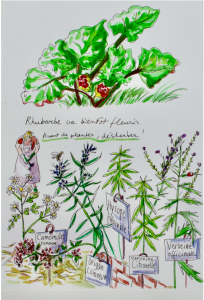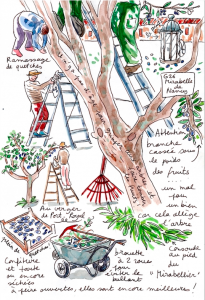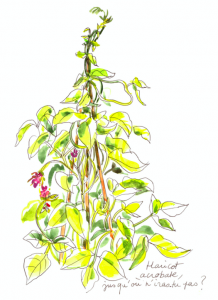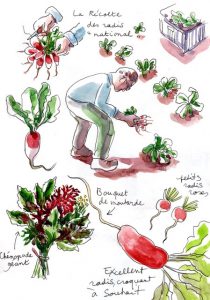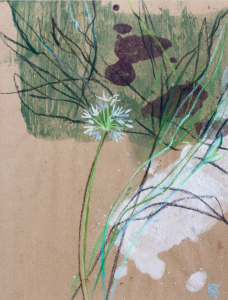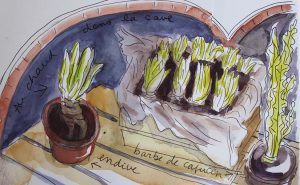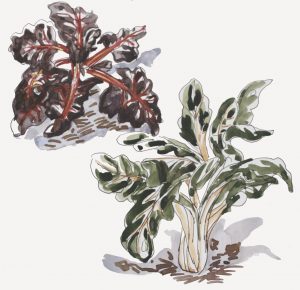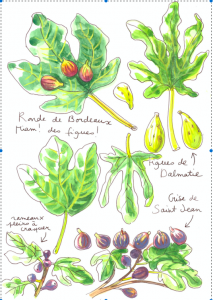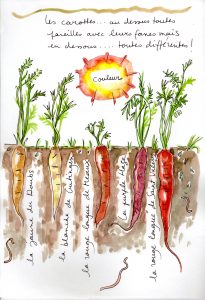
Carrots make you look and feel good, so why not start the year with them? By the way, do you know where they come from? The carrot, like many of our vegetables, comes from the East, its ancestors having been found in Eurasia, and more precisely in Afghanistan. Not very fleshy like its cousin, the parsnip, still very popular in Great Britain, the carrot came in all colors: from purple to pink, from yellow to orange or even white. But it wasn’t until the end of the 18th century, when white carrots were crossbred with red ones, that they strangely became orange instead of pink.
But how can you tell by its foliage what color it is under the soil ? There’s only one solution: pull out the root to identify it ! The carrot is in fact a taproot, because its root is unique, straight and tapered. If we didn’t harvest it in its first year, we’d see it blossom into magnificent white umbels, followed by seeds like any biennial plant. You would see it growing wild on our embankments, not to be confused with the poisonous hemlock.
But how can you tell from its outer foliage what color it is underground? There’s only one solution: pull out the root to identify it ! The carrot is in fact a taproot, because its root is unique, straight and tapered. If we didn’t harvest it in its first year, we’d see it blossom into magnificent white umbels, followed by seeds. Just as you’d see it growing wild on our embankments, not to be confused with the hemlock with its sinister reputation. This is characteristic of biennial plants. Continue reading “Happy carrots, happy new year !”


